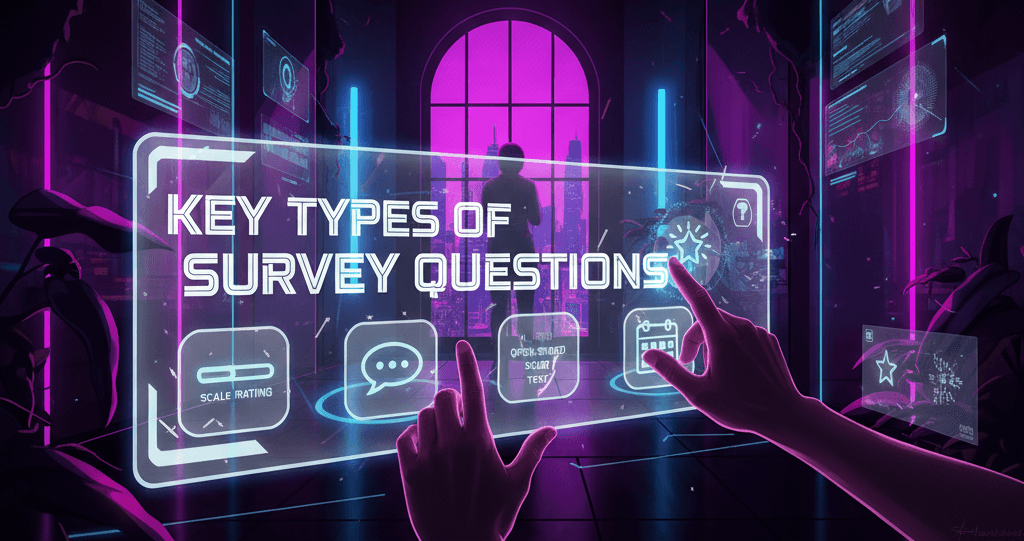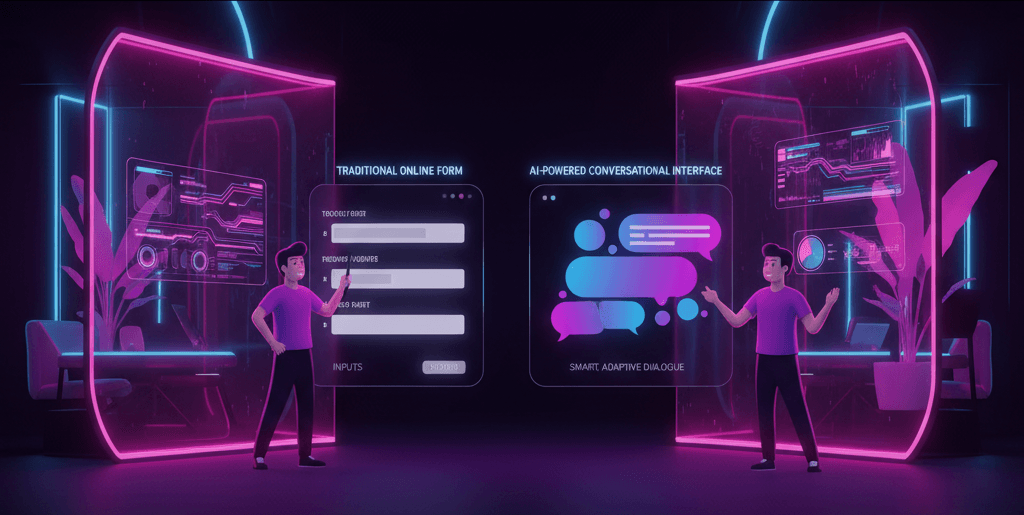The Current State of AI in Customer Service
AI has dramatically changed how businesses interact with customers.
From 24/7 support chatbots to intelligent routing systems and predictive customer behavior models, artificial intelligence is reshaping customer service at every level.
In 2025, AI systems can:
- Handle Tier-1 support tickets with high accuracy
- Understand sentiment and adjust tone in real time
- Personalize responses using past data
- Seamlessly integrate with CRM tools
- Predict problems and proactively offer help
While this progress delivers speed, efficiency, and cost savings, it also raises new questions: how much automation is too much? And what happens when the “human” element disappears entirely?
Ethical Considerations of AI Deployment
As AI systems become more capable, the ethical stakes increase. Businesses must weigh efficiency gains against potential harm, including:
- Loss of human connection: Customers might feel alienated if they can never speak to a real person.
- Bias in AI models: If AI is trained on biased data, it may reinforce stereotypes or treat some customers unfairly.
- Lack of empathy: AI doesn’t feel emotions, so when customers are vulnerable, bots can come across as cold or dismissive.
Ethical AI in customer service must be inclusive, respectful, and human-aware. That means considering not just what AI can do, but what it should do.
Privacy and Data Security Concerns
One of the biggest ethical concerns in AI-led customer service is data privacy.
AI models are fueled by data, conversations, purchasing history, and personal details, and that creates significant risk if not handled responsibly.
Key concerns include:
- Over-collection of data: AI systems may capture more data than necessary.
- Opaque data usage: Customers may not know how their data is being used or stored.
- Third-party integrations: Connecting with external databases can expose sensitive information.
- Regulatory compliance: Not all AI deployments meet standards like GDPR, HIPAA, or CCPA.
Best practices include:
- Implementing data minimization (only collecting what’s needed)
- Ensuring end-to-end encryption
- Giving users clear choices through opt-ins/opt-outs
- Maintaining audit trails and access logs
- Selecting vendors with transparent AI and data governance policies
Transparency in AI-Customer Interactions
Another core ethical issue is transparency. Should customers know when they’re speaking to an AI? Most experts say yes.
Customers deserve to know:
- When they’re talking to a bot
- How the AI uses its information
- What fallback mechanisms exist (e.g., speaking to a human)
Lack of disclosure can feel deceptive and erode trust, especially when the AI makes a mistake. On the flip side, transparency builds credibility and helps users set the right expectations.
Recommendations:
- Label AI systems clearly: “Hi, I’m Ava, your virtual assistant.”
- Provide info on how data is used.
- Offer an easy way to escalate to a human agent.
Finding the Right Balance
The key to ethical AI in customer service is striking the right balance between automation and human involvement.
Not every task should be automated, and not every situation demands a human touch. The smartest strategies assign the right tool to the right task.
For example, simple, repetitive queries, like checking delivery status, resetting passwords, or store hours, can be handled seamlessly by AI-powered chatbots or IVR (Interactive Voice Response) systems. These tasks don’t require emotional nuance or complex reasoning, making them ideal for automation.
When it comes to troubleshooting common issues, AI can be a helpful first responder. It can walk the customer through basic steps, search knowledge bases, or even fix known problems automatically.
But if the issue persists or falls outside predefined solutions, the system should quickly escalate to a human representative to avoid frustration.
In cases involving billing or account-related information, automation can offer speed and convenience, but human confirmation or oversight is often necessary, especially when decisions involve financial consequences or policy exceptions. A hybrid approach ensures both accuracy and accountability.
Finally, for emotional or sensitive topics, such as complaints, health-related issues, or personal loss, nothing replaces a real human conversation.
These are situations where empathy, understanding, and nuance are essential, and AI should not attempt to take the lead.
The bottom line
Let AI do what it does best, speed, consistency, and availability, while reserving the most human moments for actual humans. It’s this thoughtful division of labor that builds trust and delivers the best experience for your customers.
Building Trust with Customers
Trust is the currency of customer relationships, and how businesses use AI directly impacts it. When customers feel listened to, respected, and in control, they’re more likely to engage and return.
Here’s how to build trust in AI-powered experiences:
- Respect Consent: Always ask before collecting or storing data.
- Be Honest About Limitations: If AI can’t handle something, say so.
- Follow Up with Human Touch: After an automated resolution, check in with a personalized message or call.
- Provide Choice: Let users choose between AI and human assistance where possible.
Real-life example:
A telecom company used AI to route simple service requests but gave premium customers a “direct-to-agent” option. This helped reduce friction while respecting customer value.
Ethical AI also includes cultural awareness. What feels acceptable in one market may not in another. Global brands must localize tone, language, and norms while maintaining core values.
Best Practices for Ethical AI Implementation
1) Establish a Responsible Foundation
Start with a clear and responsible AI policy. Define how AI will interact with customers, your approach to data ethics, and when escalation to a human is necessary.
Make sure values like fairness, transparency, and inclusion are embedded from the beginning to guide all decisions moving forward.
2) Build and Monitor Inclusive, Ethical Systems
Train your AI on diverse, representative data to avoid bias and ensure equitable service. Regular audits of training data are key to identifying skewed patterns.
Test rigorously for bias, hallucinations, and system errors using simulations, real-time monitoring, and user feedback. Always provide smooth, accessible human escalation paths so customers aren’t left without support.
3) Educate, Update, and Empower Humans
Keep AI systems fresh by retraining on new data and reviewing logs for anomalies. Educate customers with onboarding guides and clear documentation about privacy and data use.
Finally, train your human teams to work with AI, not against it, by giving them the tools and knowledge to manage, troubleshoot, and improve AI performance. This creates a strong, ethical support system built on trust and collaboration.
Final Thoughts
The promise of AI in customer service is massive, but it comes with responsibility.
In 2025, companies must think beyond automation and into ethical design: blending efficiency with empathy, intelligence with integrity.
By prioritizing transparency, consent, and inclusion, businesses can turn AI into a tool that doesn’t just serve customers but respects them.
Done right, ethical AI is a win-win: better service for customers, sustainable innovation for businesses












